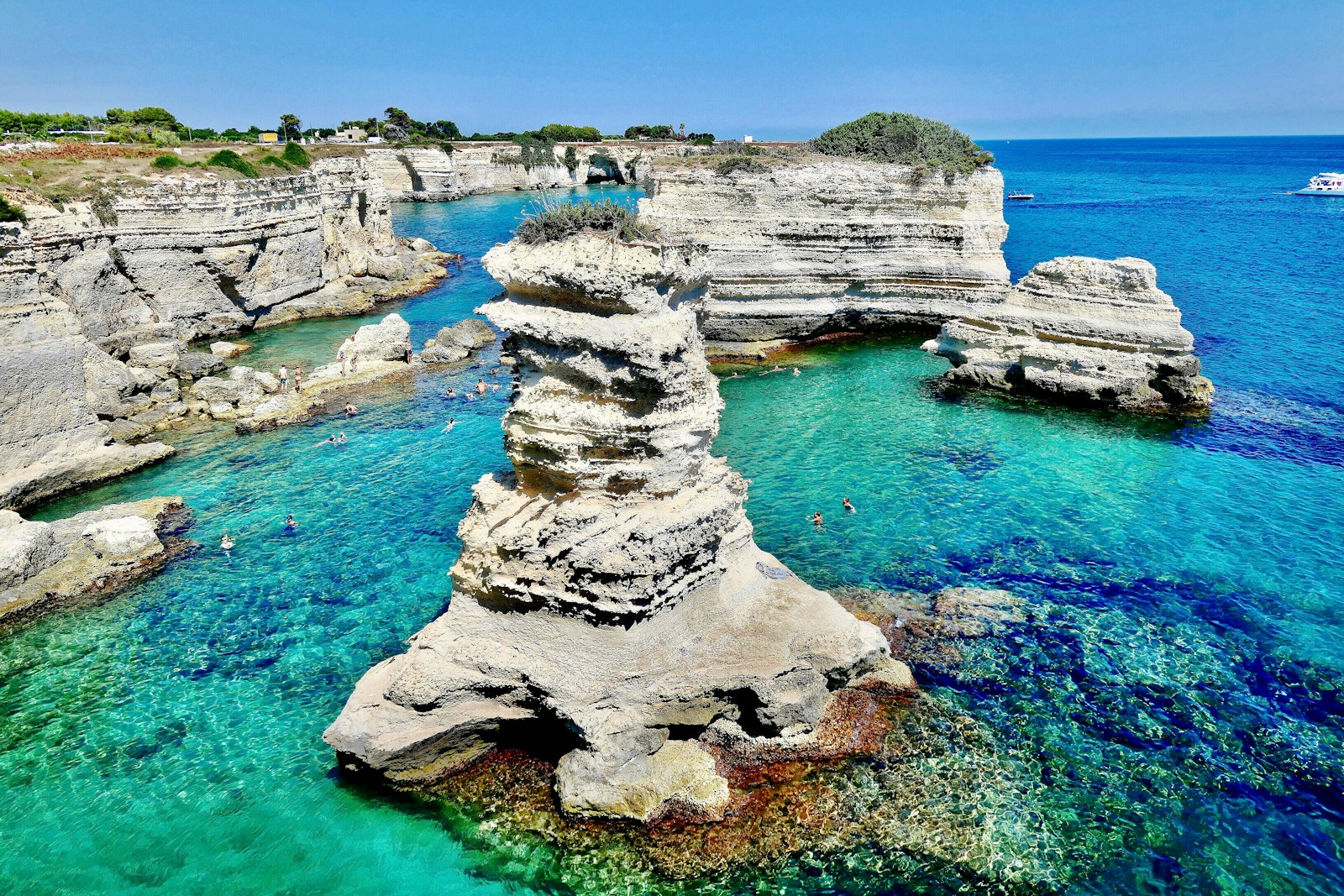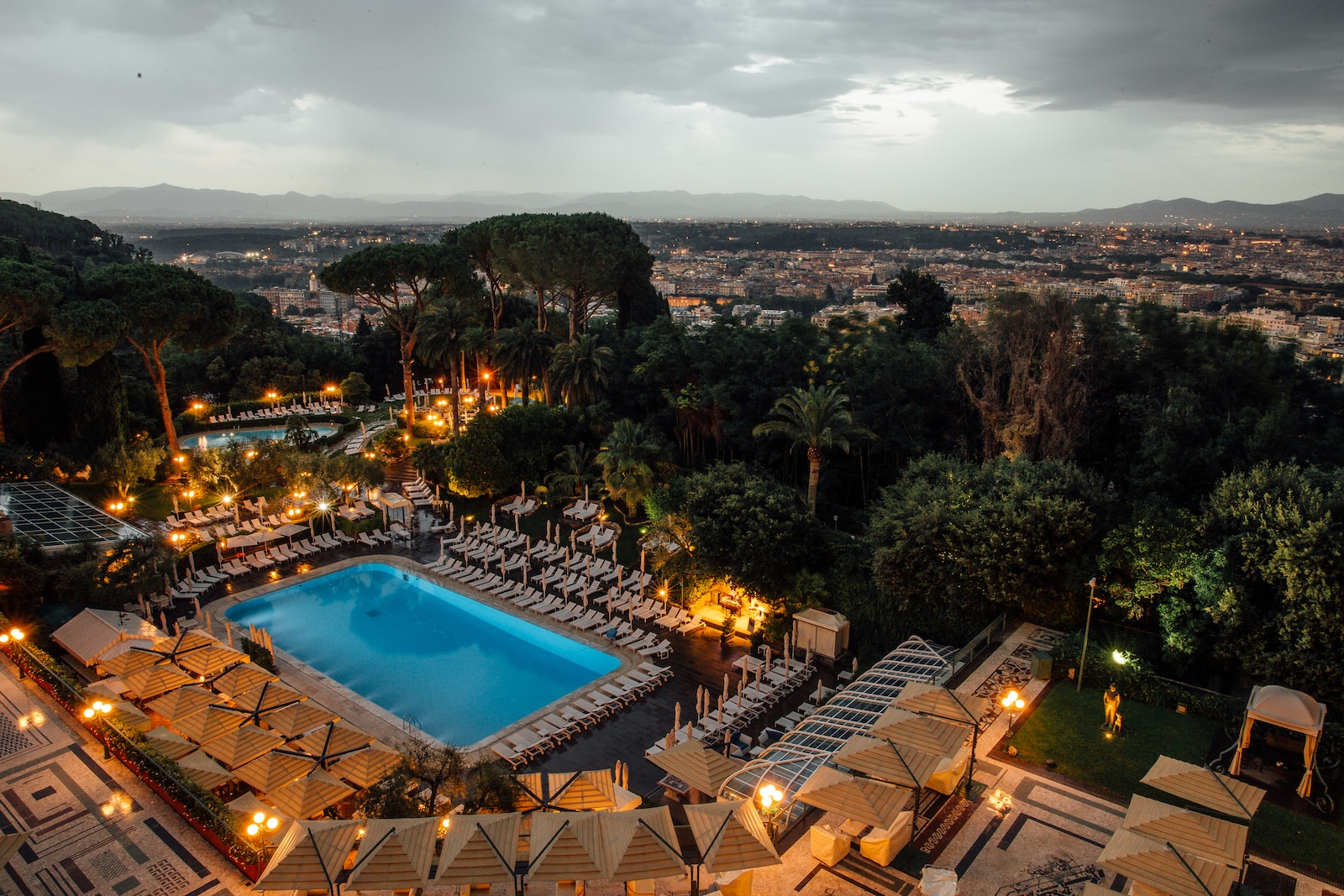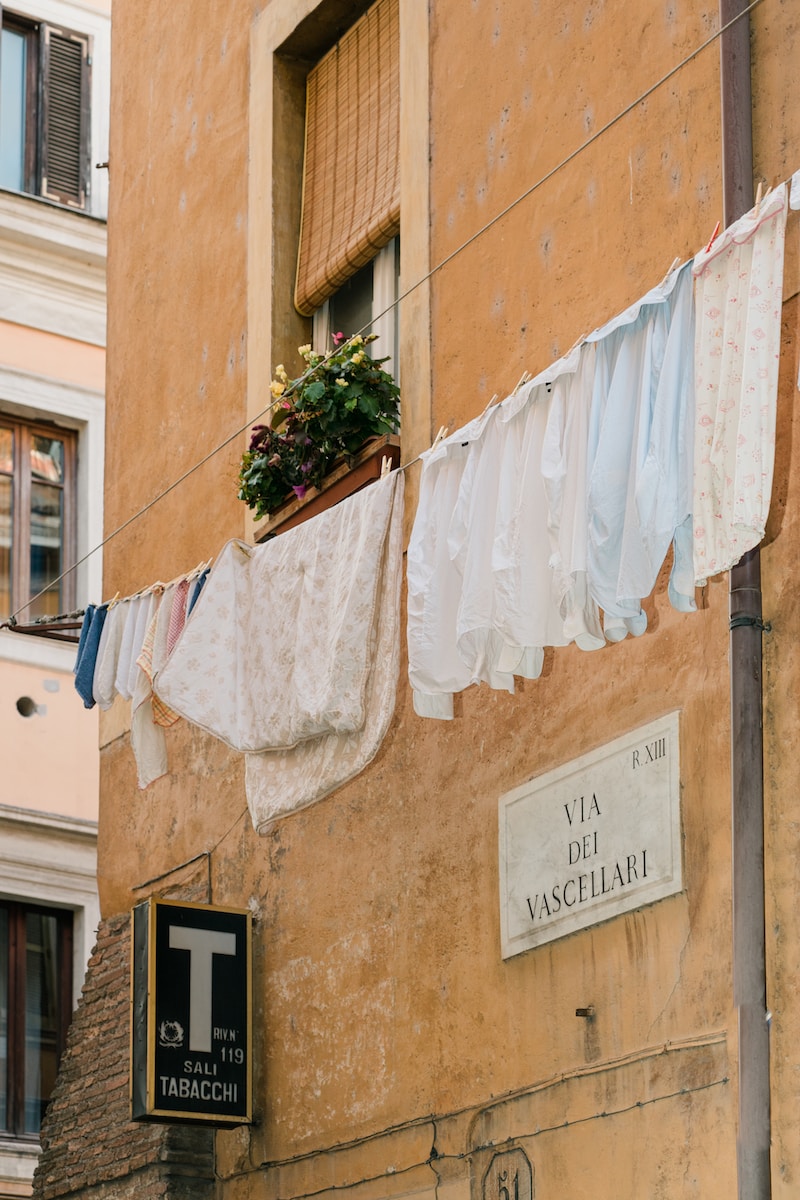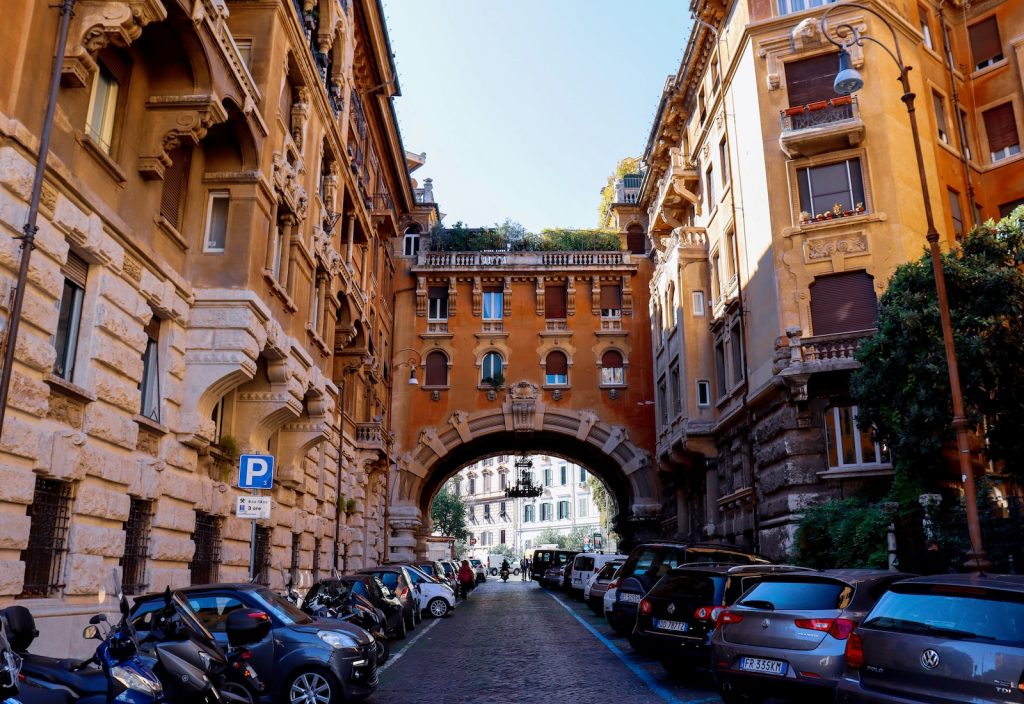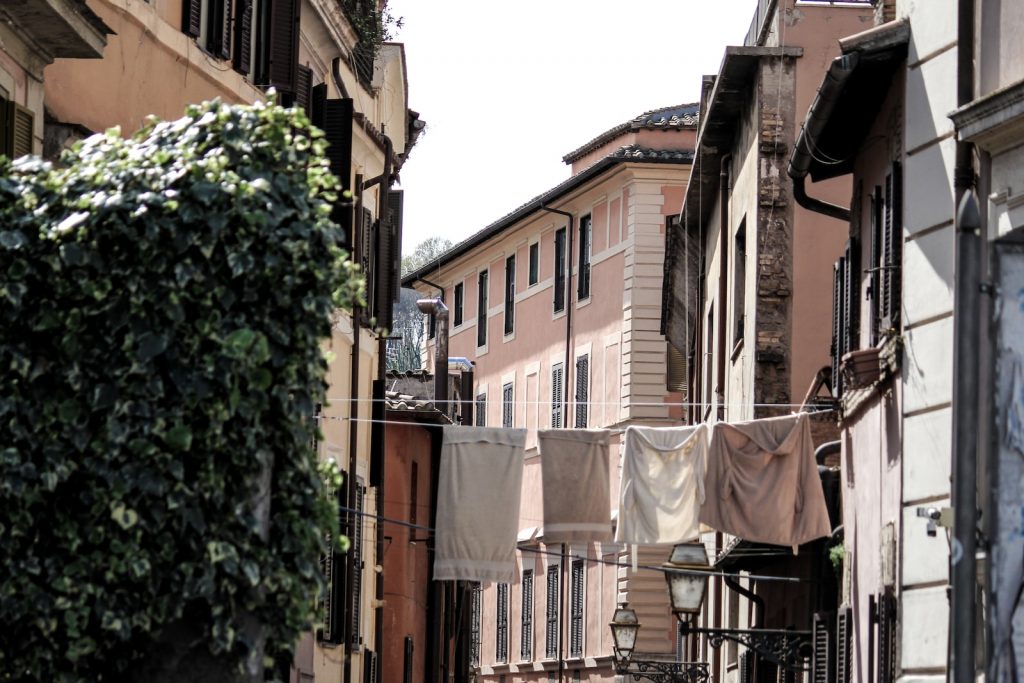A Local’s Guide to the Best Tours & Activities
After living in Italy for nearly two years, I’ve discovered the authentic soul of Southern Italy that many travelers miss. Today on TravelMellow, I’m sharing my insider tips for experiencing the best this magical region has to offer.
Rome: Where Ancient Meets Modern
While technically central Italy, Rome serves as the perfect gateway to your Southern Italian adventure. The Eternal City offers an unmatched blend of history, art, and culinary delights that deserve at least 3-4 days of exploration.
Vatican Museum & Sistine Chapel: Skip the Line
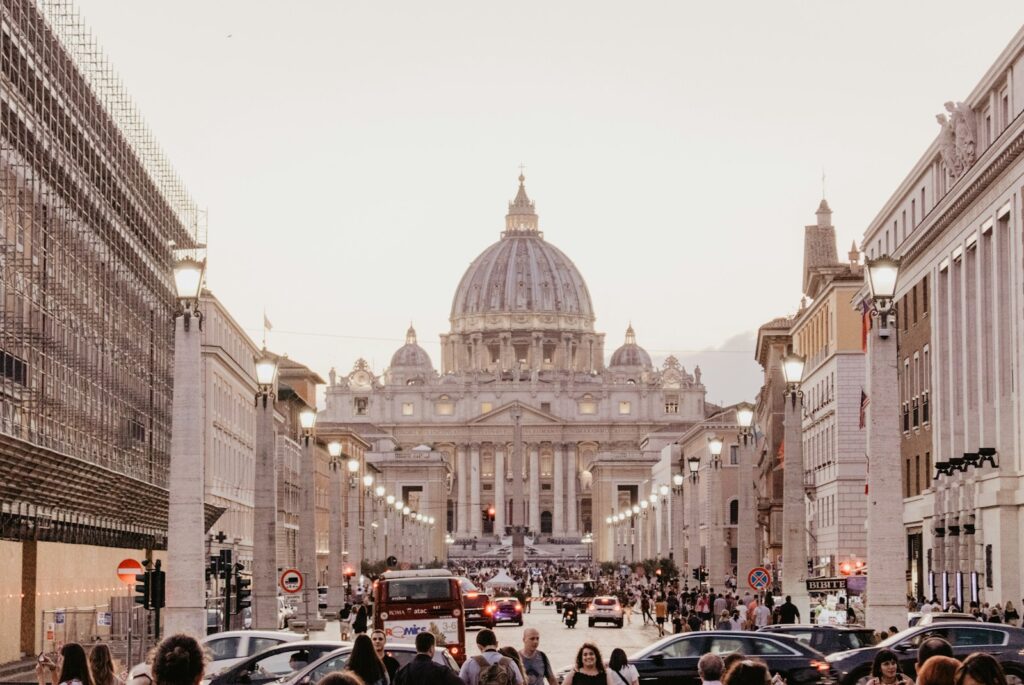
The Vatican Museums house one of the world’s most impressive art collections, culminating in Michelangelo’s breathtaking Sistine Chapel. During my time living in Italy, I learned that the queue can easily stretch for hours, especially during peak season.
When to Go: Tuesday and Thursday mornings tend to be less crowded than other weekdays. Avoid Mondays (when many other Rome museums are closed) and weekends entirely if possible. The Vatican Museums are closed on Sundays, except for the last Sunday of each month when admission is free but extremely crowded. I also recommend avoiding the last week of December and Easter week when visitor numbers spike dramatically.
Insider Tip: I recommend this [Early Morning Vatican Tour with Skip-the-Line Access] that gets you in before the general public. The difference between seeing the Sistine Chapel with 15 people versus 300 is absolutely worth the early wake-up call.
Colosseum & Roman Forum: Ancient Rome Revealed
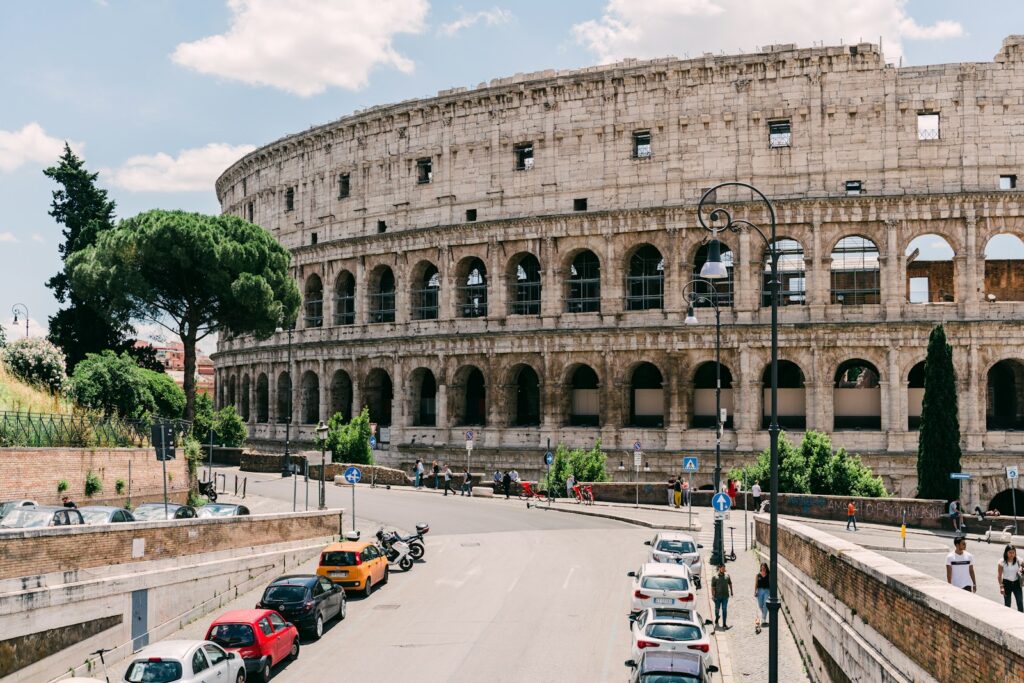
Standing inside the Colosseum, you can almost hear the roar of 50,000 spectators that once filled this ancient amphitheater. The adjacent Roman Forum offers a fascinating glimpse into daily life in the ancient empire.
When to Go: Wednesday and Thursday typically have shorter lines and fewer crowds. Early morning (8:30-9:30am) or late afternoon (3:30-4:30pm) slots offer the most pleasant experience. Avoid weekends if possible, especially Sunday afternoons. The first Sunday of each month offers free entry, resulting in massive crowds—unless you’re on an extreme budget, I’d recommend paying for a regular ticket on a different day. During my time in Rome, I discovered that rainy days often mean significantly smaller crowds at the Colosseum.
Insider Tip: For a truly memorable experience, I recommend this [VIP Underground Colosseum Tour] that takes you to restricted areas including the underground chambers where gladiators and wild animals once awaited their fate. These areas aren’t accessible to regular ticket holders.
Naples: Gateway to Southern Italian Culture
Just over an hour from Rome by high-speed train, Naples is where the authentic South begins. Raw, vibrant, and unapologetically Italian, this city captured my heart during my time living in Italy.
Neapolitan Pizza Masterclass

As the birthplace of pizza, learning to make this iconic dish in Naples is a must-do experience. During my 6 months in Naples, I took several cooking classes and discovered the secrets behind the perfect dough.
Insider Tip: This [Traditional Pizza Making Class] takes place in a historic pizzeria and includes all the techniques to recreate authentic Neapolitan pizza at home. “Meet your pizzaiolo and small group in a restaurant near Piazza Plebiscito, and learn the secrets of the pizza-making trade, such as finding the finest flour, proper cooking temperatures, and where to find the best mozzarella.”
Archaeological Museum & Pompeii Combined Tour
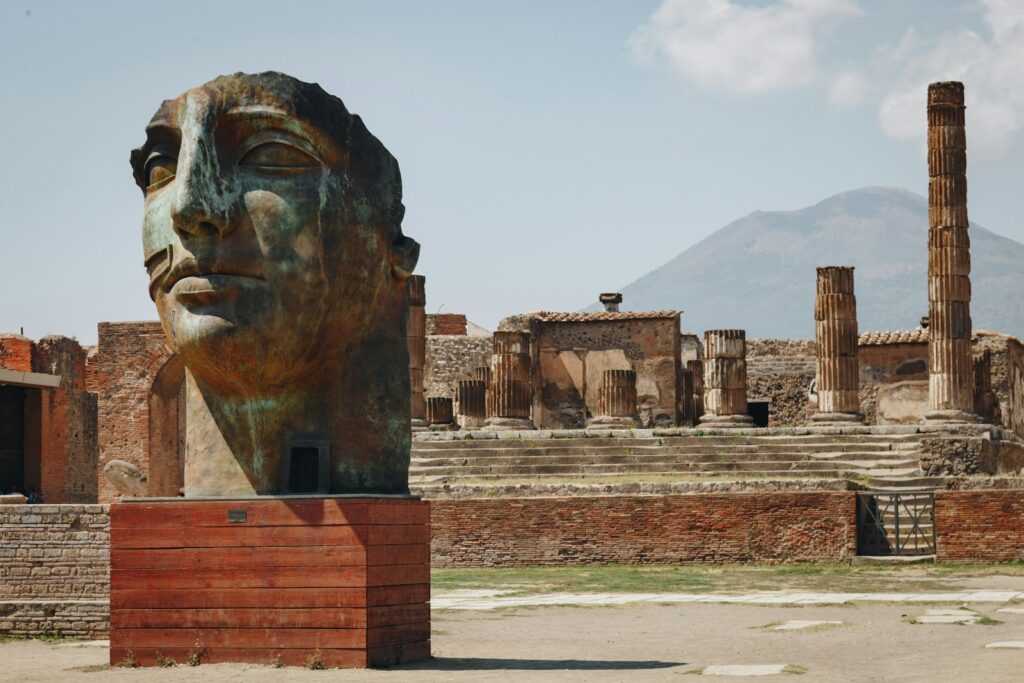
Naples’ Archaeological Museum houses the most important artifacts recovered from nearby Pompeii and Herculaneum. Seeing these treasures before visiting the actual archaeological sites provides invaluable context.
Insider Tip: This [Pompeii and Herculaneum Small Group Tour] combines both experiences with an expert archaeologist guide. With this tour, take a deep dive into ancient history by visiting both sites with an archaeologist guide. Learn about the history and architecture of these two cities buried by the eruption of Mt. Vesuvius in AD 79, taking in the highlights in just a few hours.
Amalfi Coast: Mediterranean Paradise
The dramatic coastline south of Naples offers some of Italy’s most breathtaking scenery. During my time in Italy, I visited the Amalfi Coast in every season and found each offered its own unique charm.
Boat Tour of Capri’s Blue Grotto
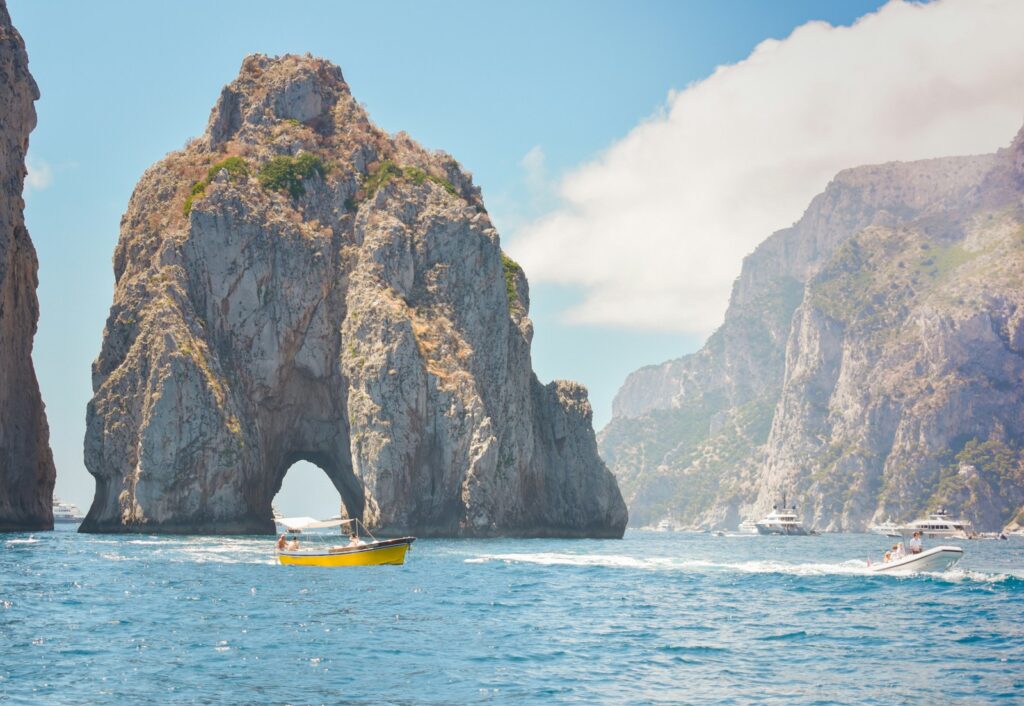
The island of Capri and its famous Blue Grotto sea cave are must-visit destinations. The water inside the cave glows an ethereal blue due to sunlight passing through an underwater cavity.
Insider Tip: This [Full-Day Capri Island and Blue Grotto Tour] departs from Capri and saves hours with with a private car that takes you to the island’s top sights. Going early in the morning offers the best chance of entering the grotto (which can close due to high tides).
Path of the Gods Hike
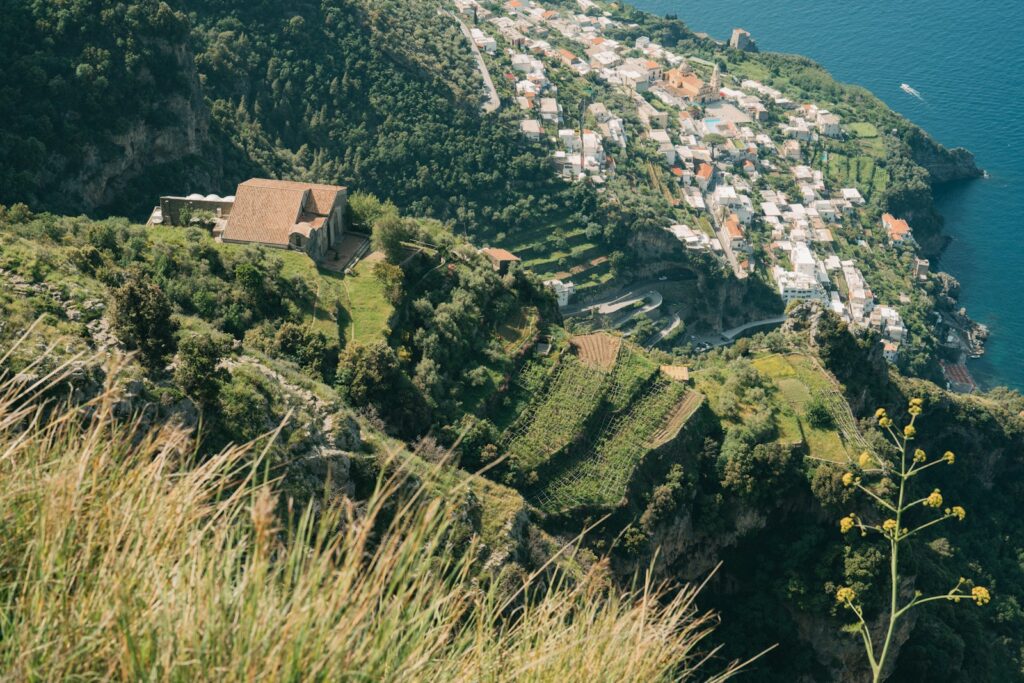
This ancient trail between Bomerano and Nocelle offers the most spectacular views of the Amalfi coastline. I hiked this trail during all four seasons while living in Italy, and each experience was uniquely beautiful.
Insider Tip: This [Guided Path of the Gods Hike with Transfer] includes transportation from Sorrento or Amalfi and an expert local guide who shares insights about the area’s history and ecology.
Puglia: Italy’s Rising Star Destination
The heel of Italy’s “boot” remains one of the country’s most authentic regions. With its unique trulli houses, spectacular coastline, and incredible cuisine, Puglia stole my heart during my three-month stay.
Alberobello Trulli Tour
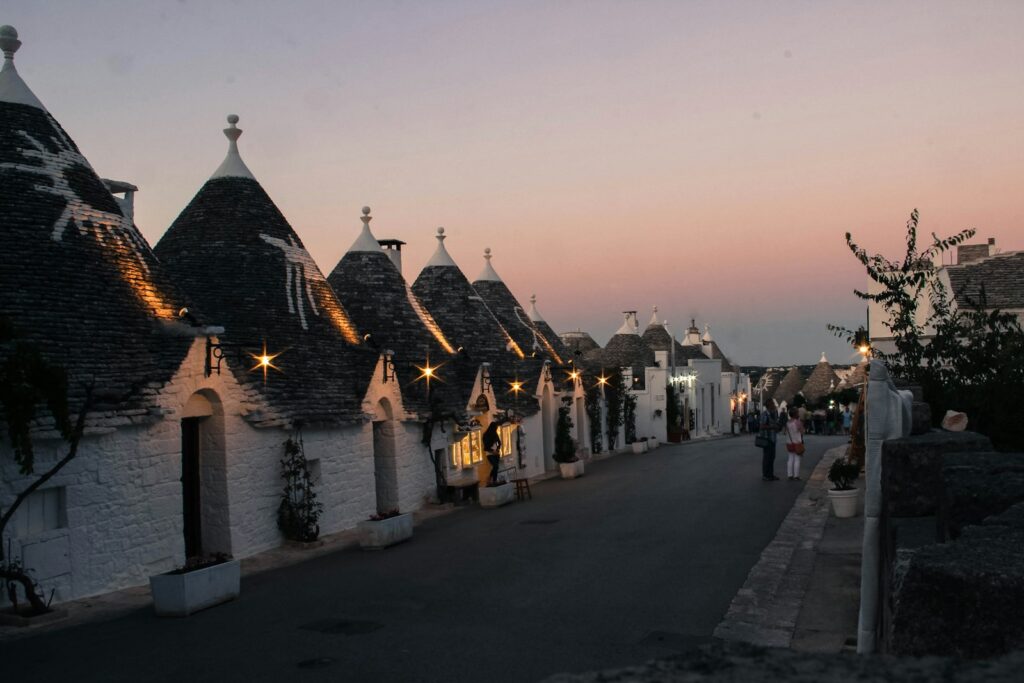
The UNESCO-protected town of Alberobello is famous for its concentration of trulli—traditional dry stone huts with conical roofs that are unique to Puglia.
Insider Tip: This [Private Alberobello Walking Tour] with a local guide helps you understand the fascinating history behind these unique structures and takes you inside a family-owned trullo to see how these spaces function as homes.
Otranto and Castro Coastal Tour
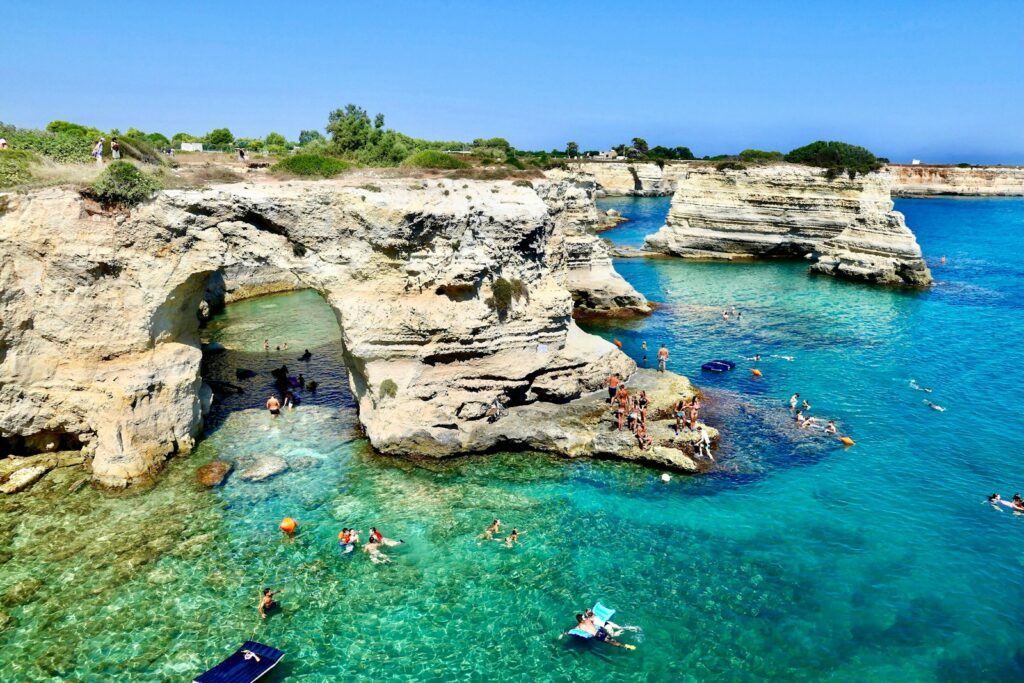
The Salento peninsula at the very tip of the heel offers some of Italy’s most beautiful beaches and charming coastal towns.
Insider Tip: I recommend this [Full-Day Salento Coastal Tour] that includes stops in Otranto (with its stunning cathedral and mosaic floor), the bauxite quarry with its otherworldly red landscape, and time for swimming in the crystal-clear waters of Castro.
Sicily: Mediterranean’s Cultural Crossroads
The largest Mediterranean island deserves at least a week of exploration. Sicily’s unique culture reflects its history as a crossroads for numerous civilizations.
Mount Etna Volcano Adventure

Europe’s largest active volcano offers a landscape that feels otherworldly. Hiking on Mount Etna was honestly one of the most unique experiences during my time in Italy.
Insider Tip: This [Mount Etna Summit Crater Trek] takes you to the highest permitted point with a certified volcanological guide. The feeling of standing near active craters with steam rising from the ground is unforgettable. You’ll even get to use a headlamp and helmet for exploring a lava cave.
Valley of the Temples Archaeological Tour

The incredibly preserved Greek temples near Agrigento rival those in Greece itself. The Temple of Concordia is one of the best-preserved Greek temples in the world.
Insider Tip: This [Valley of the Temples and Villa Romana Tour] combines two UNESCO World Heritage sites in one day with a private driver who makes this ancient site completely stress-free so you can take in the sites with ease.
Practical Tips for Southern Italy Travel
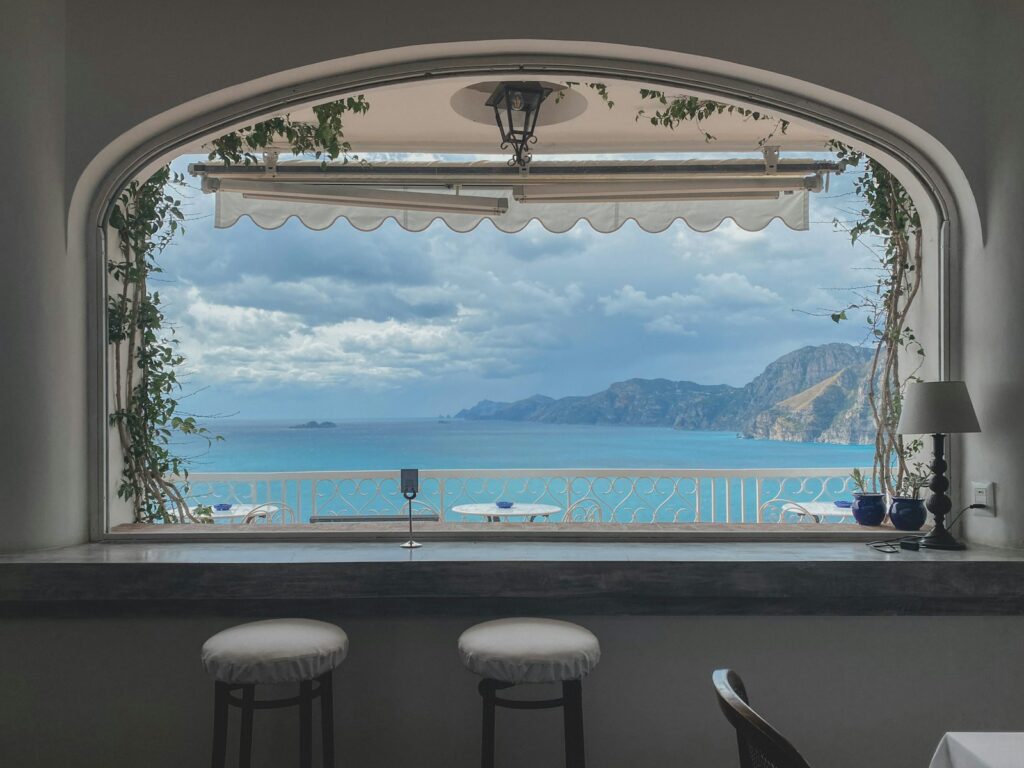
Best Time to Visit
While living in Italy, I discovered that May-June and September-October offer the perfect balance of pleasant weather and fewer crowds. July and August bring intense heat and the highest tourist numbers, especially along the coast.
Getting Around
Southern Italy’s train network connects major cities, but for exploring countryside regions like Puglia and Sicily, renting a car provides the best flexibility. During my time in these regions, having a car allowed me to discover hidden beaches and tiny villages that most tourists never see.
Final Thoughts
Southern Italy offers a depth of experiences that can’t be rushed. The slower pace of life here is part of its charm—embrace it! Take time to linger over meals, chat with locals, and wander without a strict itinerary. Some of my most treasured memories from living in Italy came from these unplanned moments.
Have you visited Southern Italy? What experiences would you add to this list? Share your thoughts in the comments below!
Affiliate Disclosure
As a passionate traveler who loves sharing authentic experiences, I occasionally include affiliate links to accommodations and services I genuinely recommend. If you book through these links, I may earn a small commission at no extra cost to you. This helps support the continued creation of comprehensive travel guides like this one. I only recommend places I would happily stay at myself or suggest to friends and family. Thank you for supporting independent travel content!
